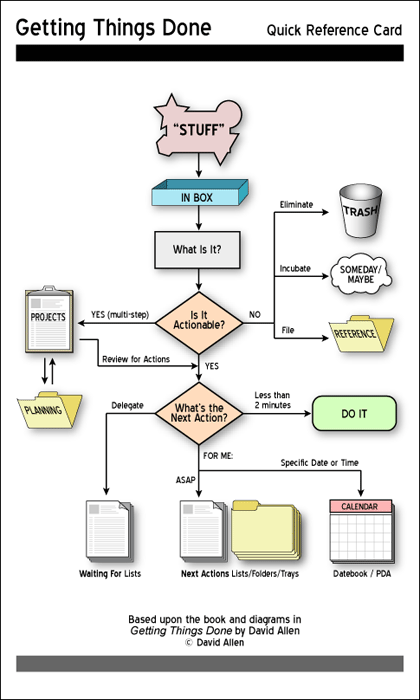Encode URL
Version 2 CREATE FUNCTION dbo.UrlEncode(@url NVARCHAR(1024)) RETURNS NVARCHAR(3072)ASBEGIN DECLARE @count INT, @c NCHAR(1), @i INT, @urlReturn NVARCHAR(3072) SET @count = LEN(@url) SET @i = 1 SET @urlReturn = ” WHILE (@i <= @count) BEGIN SET @c = SUBSTRING(@url, @i, 1) IF @c LIKE N'[A-Za-z0-9()”*\-._!~]’ COLLATE Latin1_General_BIN ESCAPE N’\’ COLLATE Latin1_General_BIN BEGIN SET @urlReturn = @urlReturn … Read more

